Show Them That You Care: The Insider
“When I came on this job, I came with my word intact. I’m gonna leave with my word intact.”
What makes a person disrupt their own comfort? What compels a person to advocate for someone else? What forces us to do the right thing, even if it means we lose everything we have cultivated for ourselves? These are the questions at the heart of Michael Mann’s 1999 masterpiece, The Insider. A fictionalization of the true story of how Jeffrey Wigand (Russell Crowe) put his life on the line to expose corporate corruption within the cigarette industry, and the 60 Minutes producer (Al Pacino) who protected the story every step of the way.
About two thirds into the film, during a heated phone call between the two leads, Russell Crowe’s Wigand calls Al Pacino’s Lowell Bergman a “hotshot,” and if the opening of the film was any proof, then we can attest to that. Bergman will go to any lengths to get a story on the air, including having a bag over his head whilst (alleged) terrorists drive him to their leader so that he may ask him to be interviewed by Mike Wallace (Christopher Plummer) on television. What a flex. Whilst looking for his next story, word gets to Bergman that there is a disgruntled former employee of the Brown & Williamson Tobacco Company with a story to tell. Like any good news producer, Lowell gets whistleblower Jeffrey Wigand to trust him with the knowledge that could prove Big Tobacco has deliberately engineered nicotine to be even more addictive than it is already known to be. What’s more, Wigand claims that the conglomerate committed perjury when asked by Congress about these procedures, and have outright lied to the American public.
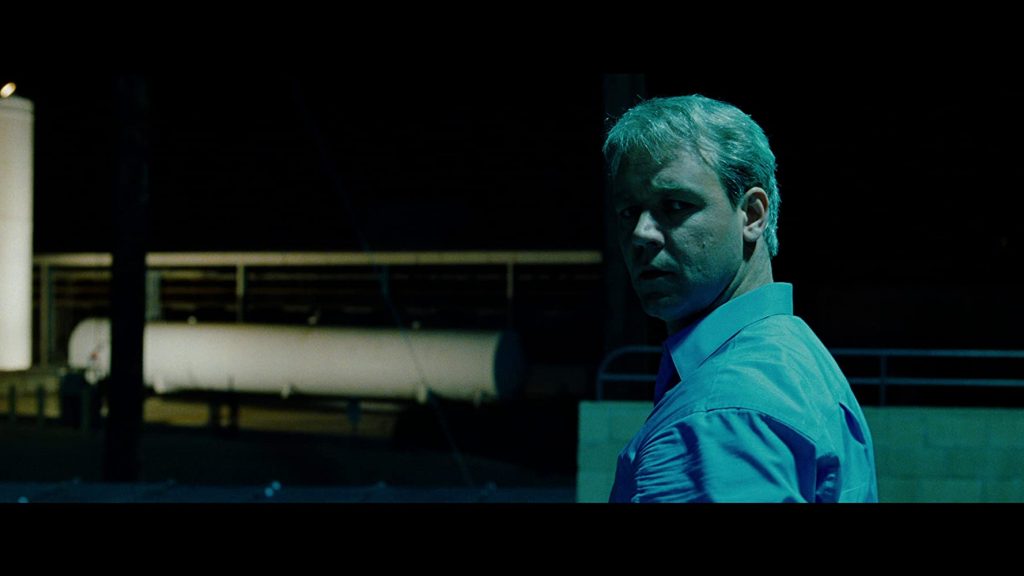
As with all Michael Mann fare, the film is mostly focused on the relationship between the two leads, and how their diametrically-opposed methodologies collide. Mann is a filmmaker who understands at much deeper level how humanity is connected, and how two opposing forces require each other in order to create balance. Where ideologies converge and deviate is his mission and when it comes to this film, Jeffrey and Lowell converge more often than the co-leads of other Mann films. Jeffrey felt compelled to violate his confidentiality agreement with B & W Tobacco, and Lowell felt compelled to be the vessel to get the information out to the public. Both men believe the necessary knowledge to allow the public to make up their minds should be out there, and they risk their careers and personal lives’ to do so. When they face opposition from Big Tobacco’s legal department, as well as CBS corporate’s attempts to suppress the story, they both lose a great deal in order to keep the story alive. For Jeffrey, his family’s safety comes under fire and for Lowell, his dignity. The film depicts the second, third, and fourth order consequences that come from trying to do the right thing.
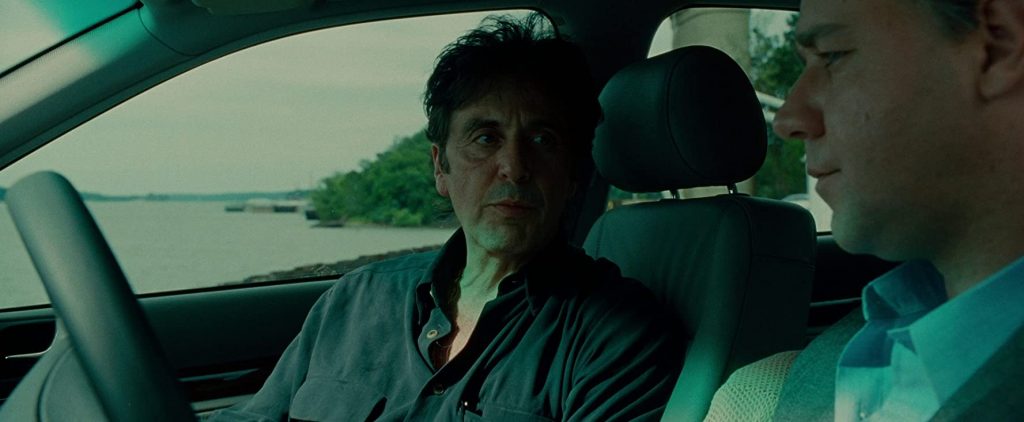
A lesser film would use this story as a vehicle to preach “cigarettes are bad,” or “don’t try to stick your neck out for people” (as if we didn’t already know cigarettes were bad, or that being a bystander is a good solution to any problem). One of the many things that classes this film up is an examination of principal and integrity, and where those ideals come from within us. This is a film about the few people who truly upheld the belief in truth and transparency within the media, corporate interests, public health, and all sorts of things that have since gotten away from us as a society. Plenty of great filmmakers and screenwriters have tackled these themes with expertise and poise, Aaron Sorkin has built an entire career off of this and before him, William Goldman created the “Journalism on Film” playbook with All the President’s Men. What sets Mann’s foray into previously-charted territory apart from the others is his visual language, and his drive for authenticity. Where most writers would rather use flashy dialogue to hammer the themes of the film home, Mann would rather display an actor silently struggle with their decisions, and move the camera in a way to highlight them. I point to the following two scenes as exhibits “A” and “B” for this:
Jeffrey is faced with two choices: Leave the deposition behind, give up on the story and go back to his comfortable suburban life (represented visually Jeffrey is faced with two choices: Leave the deposition behind, give up on the story and go back to his comfortable suburban life (represented visually by the calm of the ocean), OR continue his forward march towards getting the truth out, act in a selfless manner and put himself in harm’s way (represented visually by the police motorcade). We know he made his decision before he vocalizes it because the camera whips over from the ocean to the motorcade.
https://www.youtube.com/watch?v=PX9Q_qTdUlY
Whilst the quality of the above video makes it difficult to discern, the scope of Jeffrey’s story first materializes before Lowell’s eyes in this sequence, despite being late in the film. Hearing Wigand’s clinical recounting of the nicotine tampering procedures, Bergman understands the true implications of the cover-up in play by the tobacco conglomerate. We know this because the camera pushes in on Lowell’s face, as if the story is literally hitting him. The slow and smooth zoom is what keeps this from feeling condescending or obvious on the part of the filmmaker.
What makes Michael Mann’s camerawork so unique is how noticeable yet immersive it is. It does not feel like you are watching a movie in the traditional sense, Mann wants you to experience events as if the camera is your own lens and you are standing in the room with these characters. His film’s require actors and performances that take you directly into the psyche of these people. There can be no hiding from the audience when the stakes are as high as they are in this film, and Al Pacino and Russell Crowe bring their A+ game to the film, reminding us of the winning streak they were both on back in 1999. It’s no wonder they were at the top of the list for so many years, and their work here is a true gift to revisit. The score and music choice by Mann is also traditionally excellent. It’s clear that Mann has a penchant for worldly, tactile and raw vocals and instrumentation, and only he would think to use them to underscore back-room dealings and legal proceedings. His script (co-written with Eric Roth) also delivers the poetic pleasures of truly exhilarating “gotcha” dialogue, without sacrificing the aforementioned authenticity of the real-life implications behind this story.
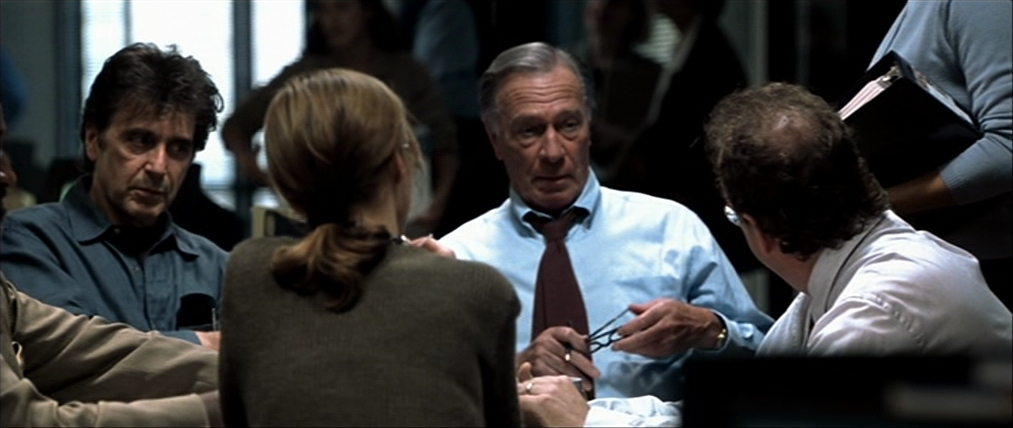
Something deep inside of JSomething deep inside of Jeffrey Wigand compelled him to tell the truth about nicotine to the American public. Was it a deep-seeded rage within him that his superiors at Brown & Williamson tapped into? Was it his own desire for redemption after a lifetime of combatting anger issues and mistakes? Was it the belief that people deserve to have the information that he was privy to? Perhaps all of the above? Michael Mann makes room for all of these possibilities, and Al Pacino’s Bergman selflessly becomes the means for which Jeffrey’s peace of mind may finally actualize. When the pair face adversity, and Wigand assumes the worst of Lowell’s motives, the impassioned delivery of the given text prove that Lowell Bergman (and really Al Pacino) are not playing around. Lowell puts his television career in jeopardy by starting a war with CBS executives over the airing of Wigand’s interview, and through his actions we know him to be an honest man.
At the time of its release, the film must have felt more like a timely endeavor with the backdrop of the tobacco industry, but now it exists as an artifact of a journalistic changing of the guard. Its at this point in history when the story started to come under fire from external corporate interests, as well as interference from within its own organization started to blend together. It seems as though we currently live in an era when the two are indistinguishable, and both sides of any argument feel like a calculated effort by one party to distort and divide the American public. The Insider represents a bygone era where it only took the will of a few men to bring the truth to light. It’s going to take a lot more than a few principled individuals to uphold our freedom during this climate, given the reach of the organizations who continue to benefit from the nation’s ideological divide. What can assure the prevalence of American society is the understanding that we are all connected at a deep, metaphysical level. If this film and its subjects can teach us anything, it is that opposing methodologies can coexist, as long as they share values.


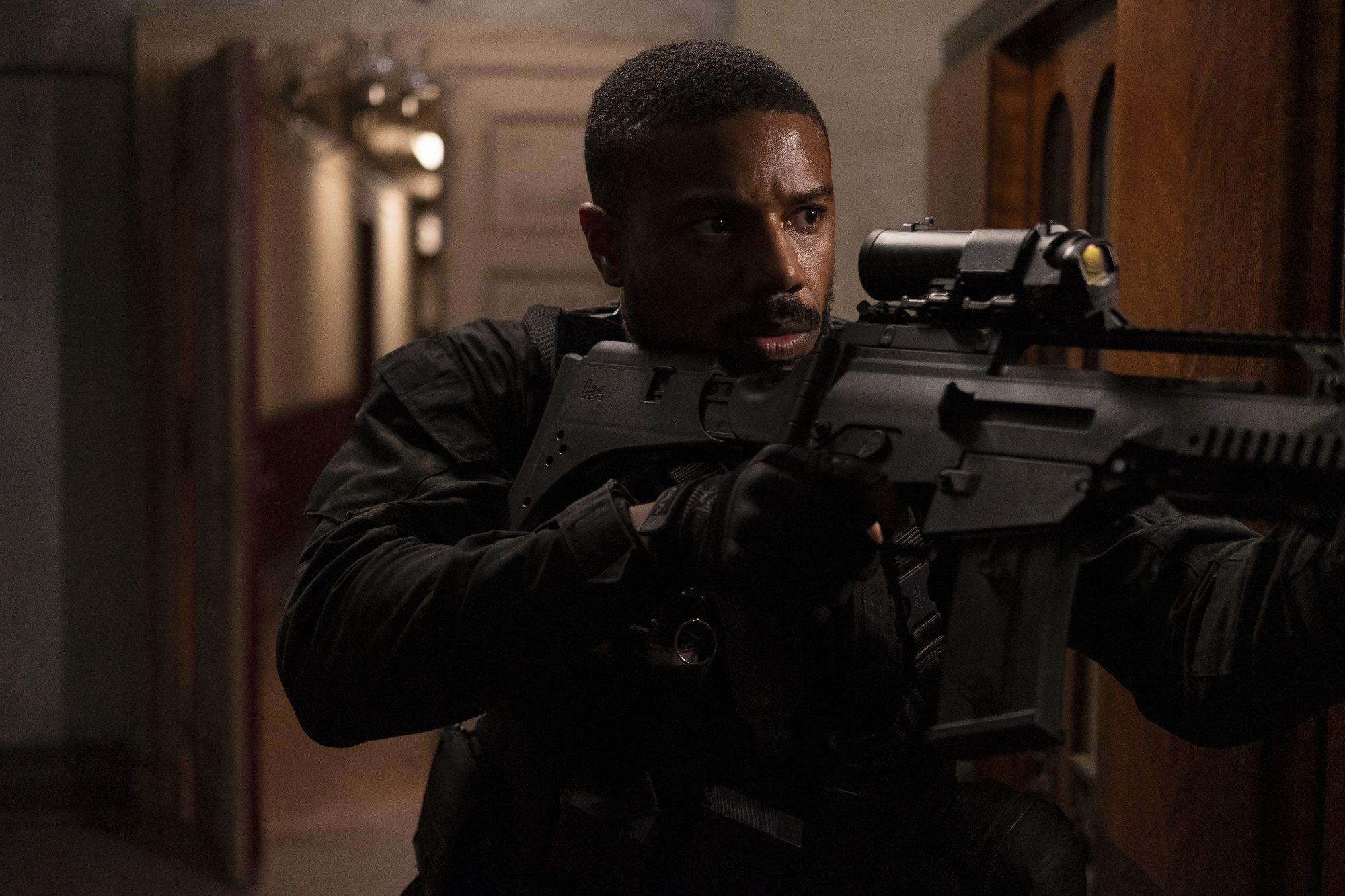
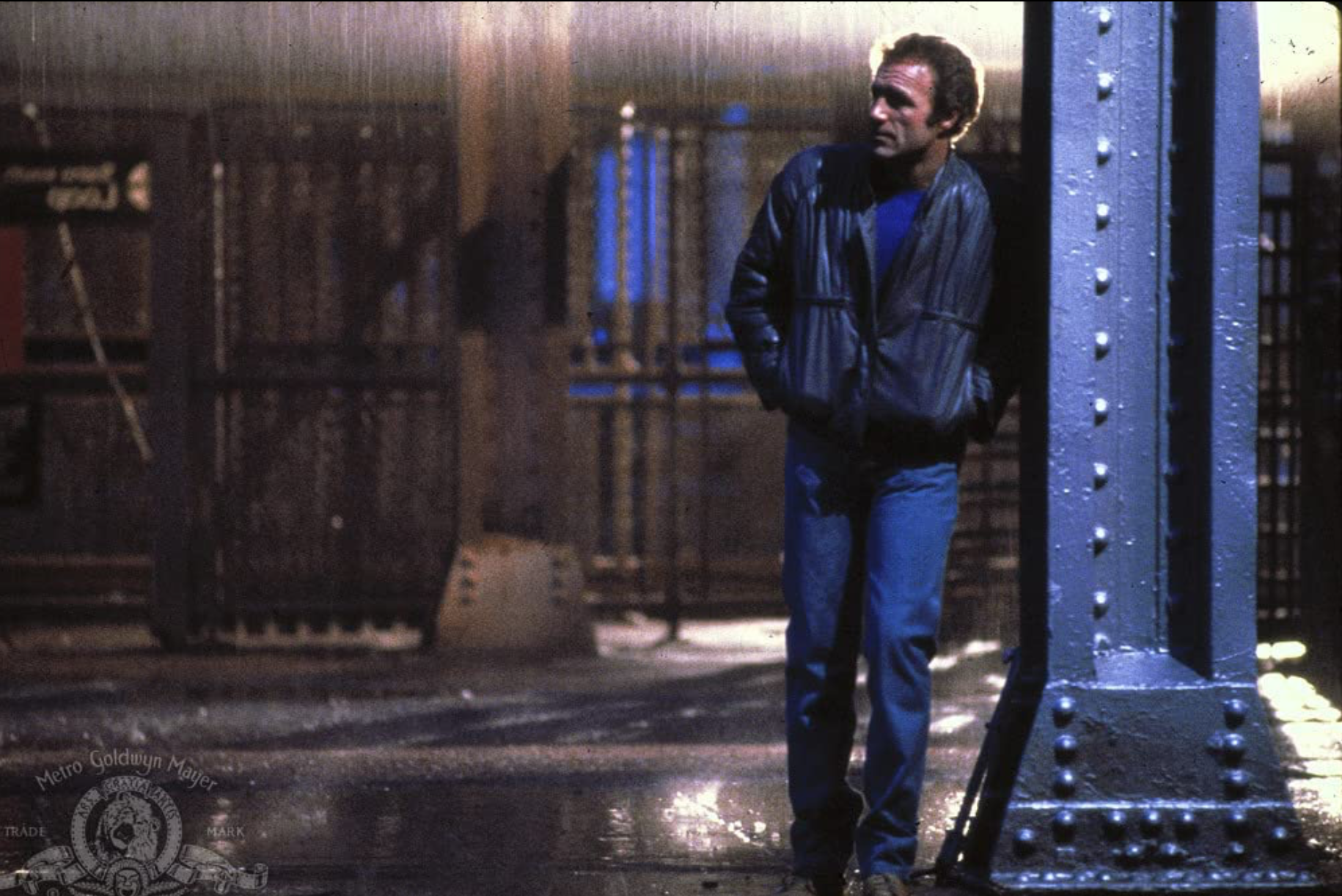
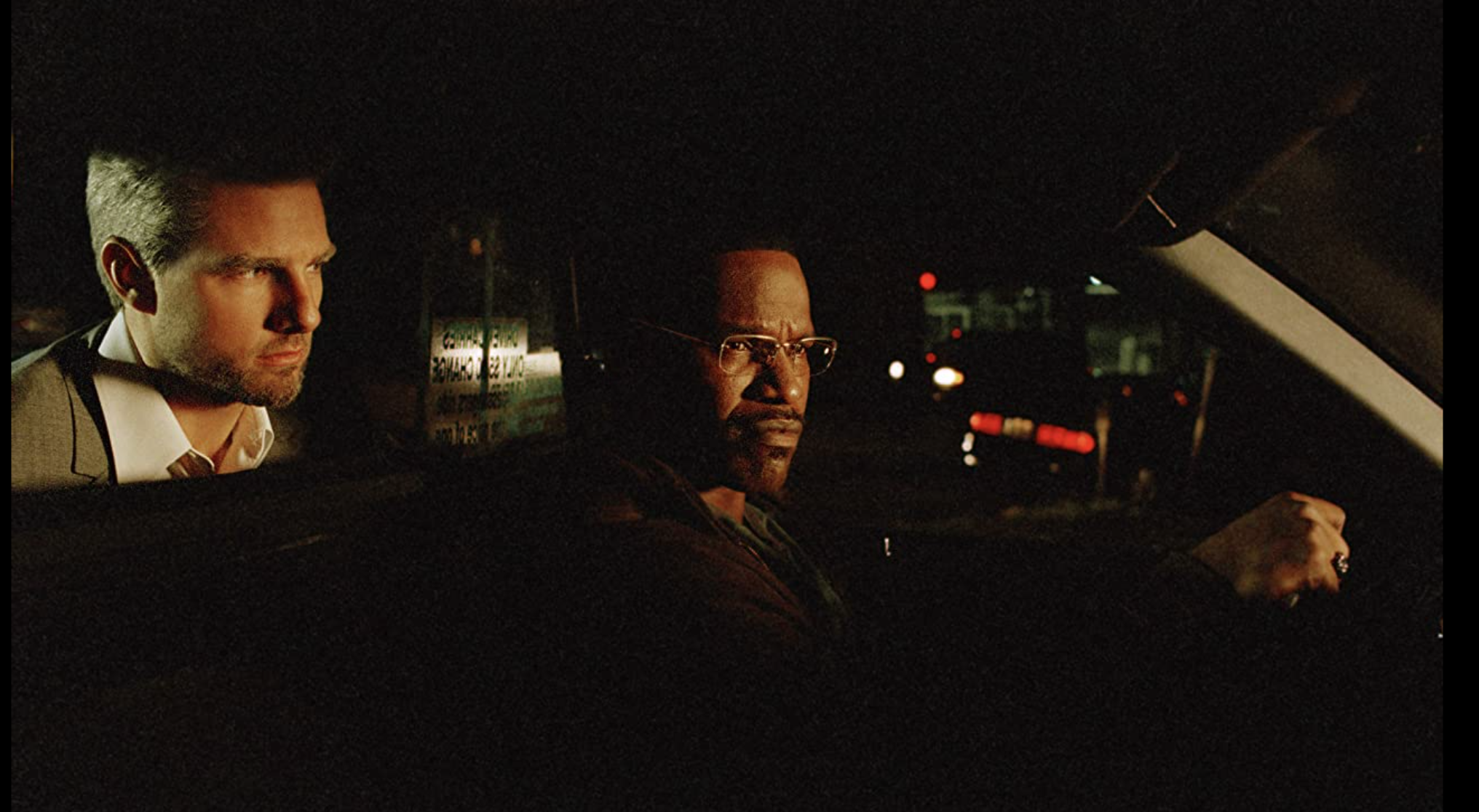
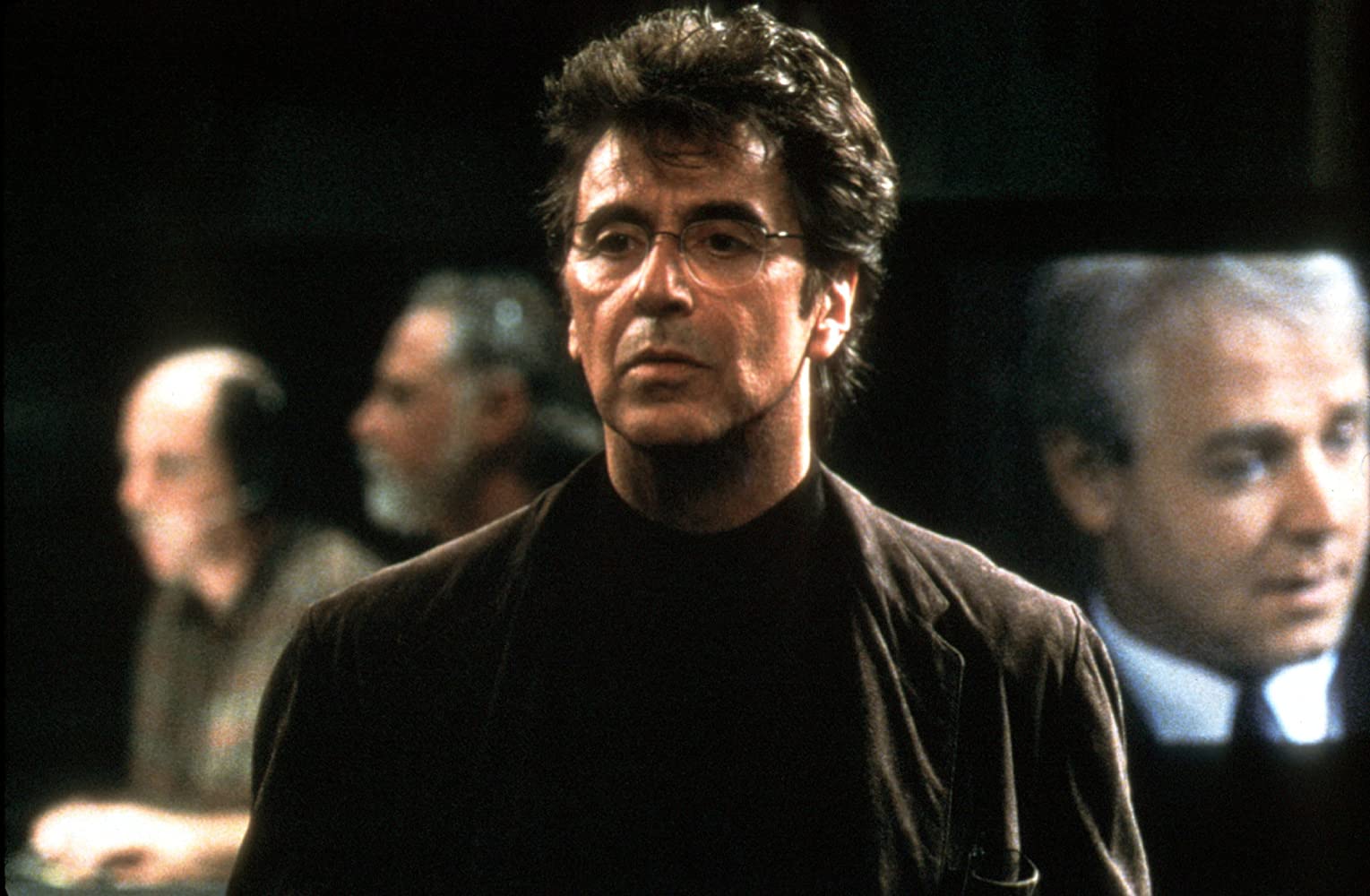
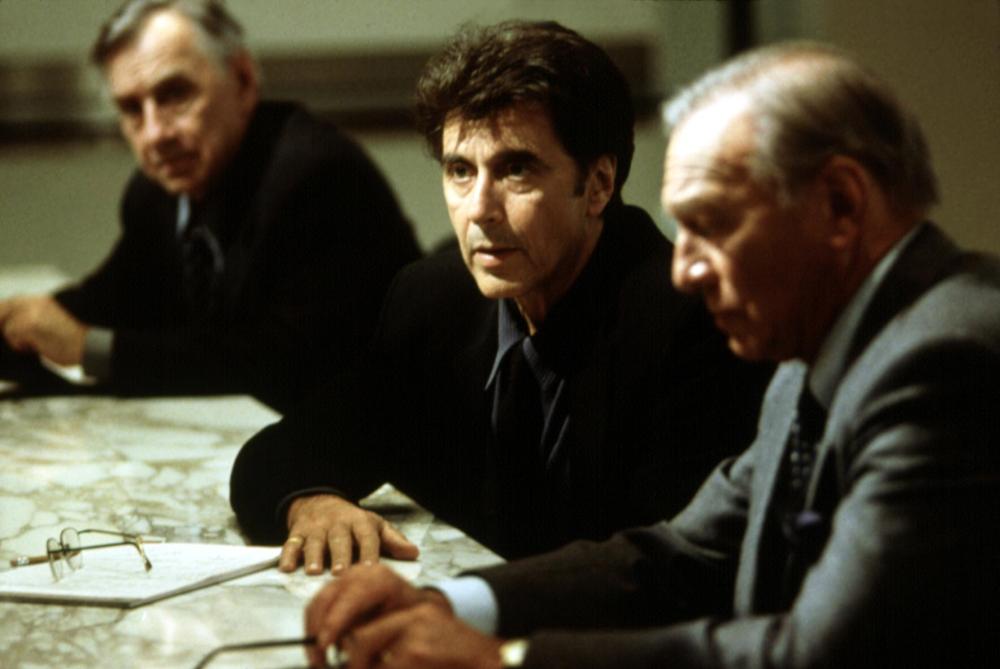



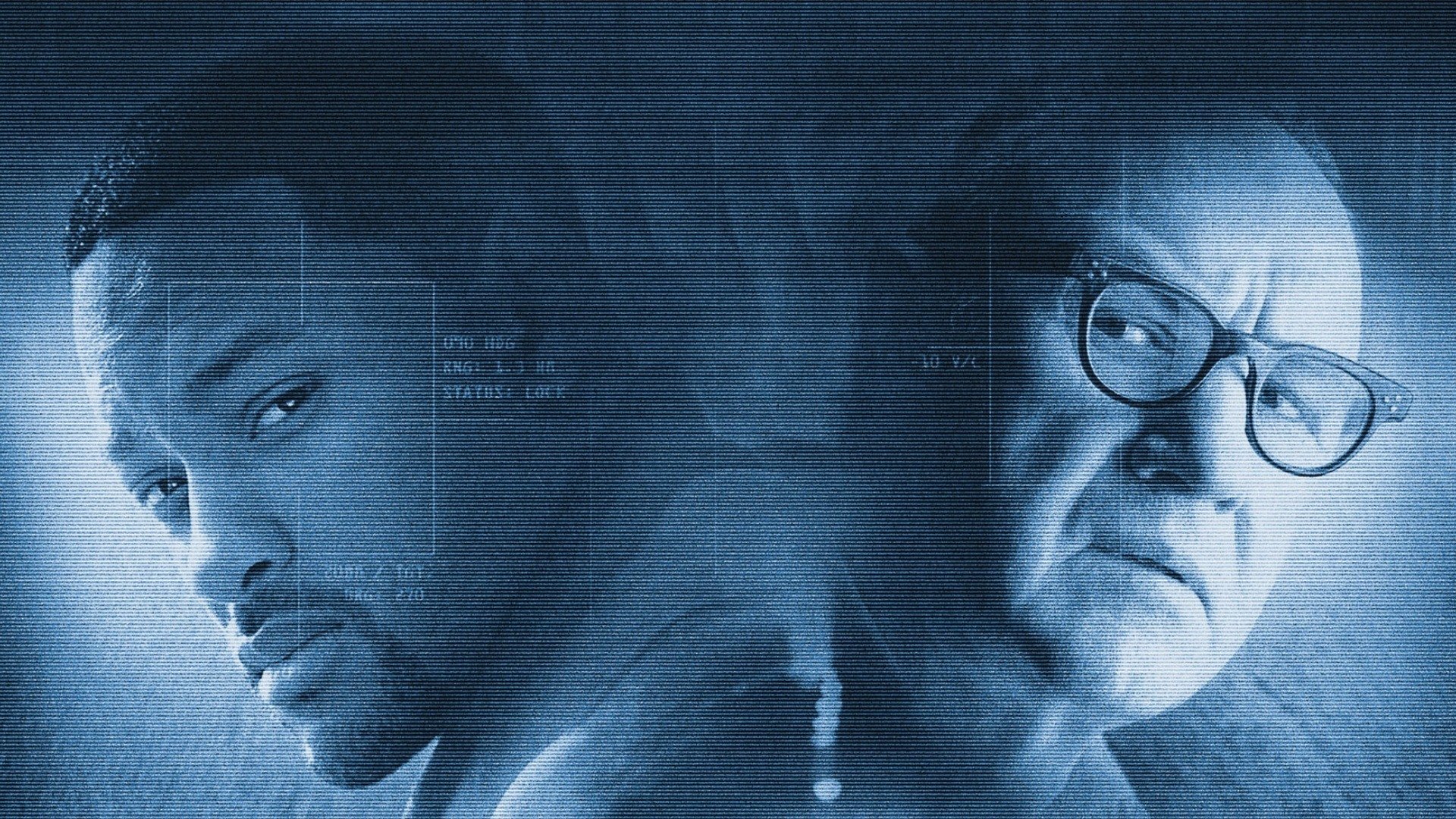

Comments